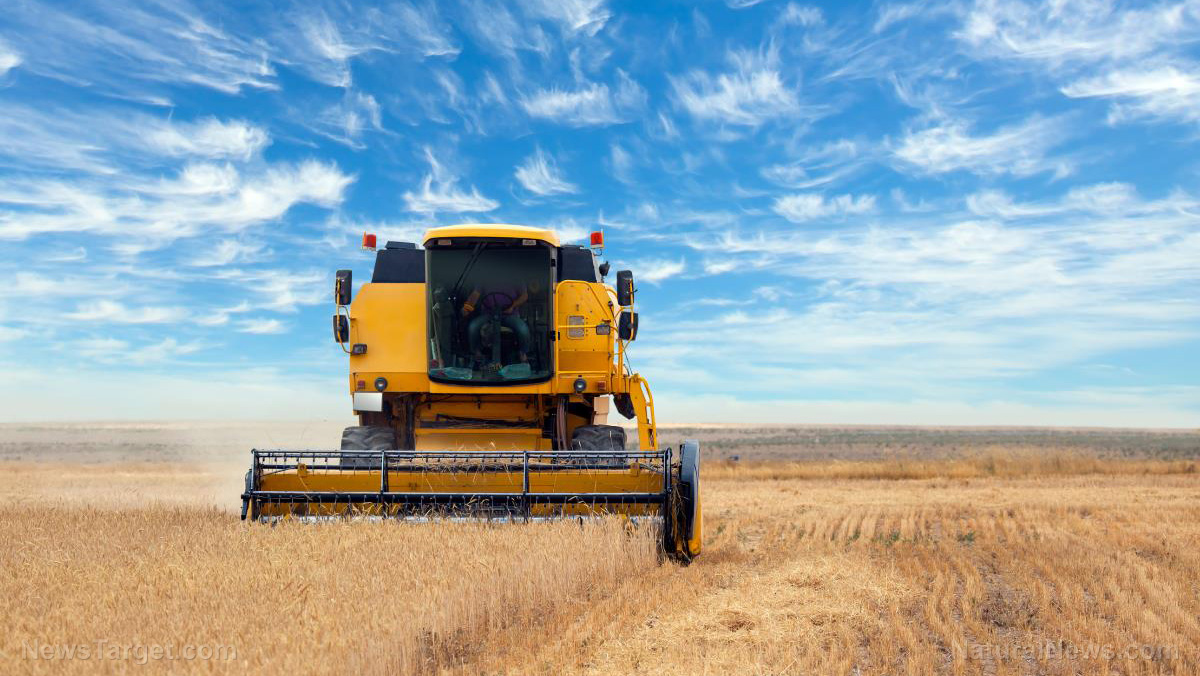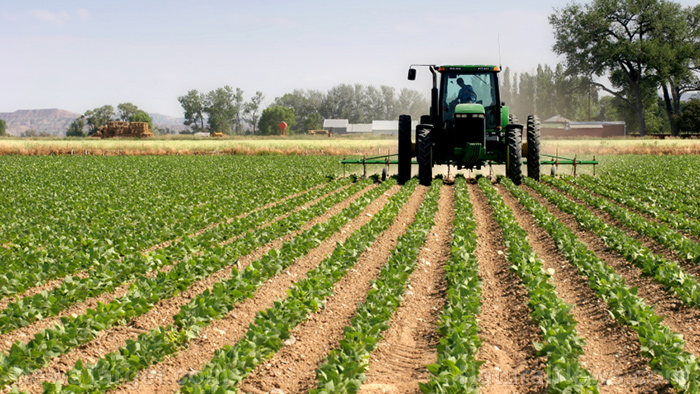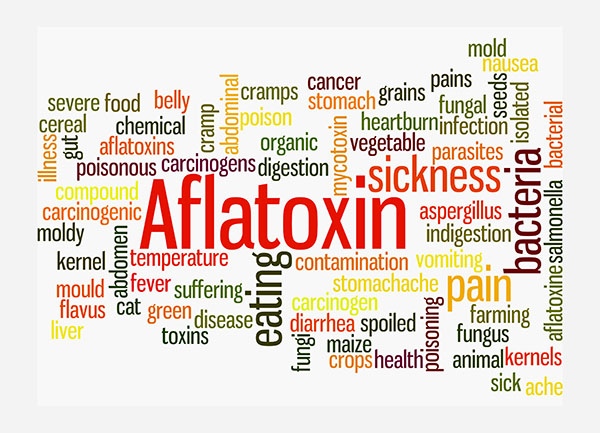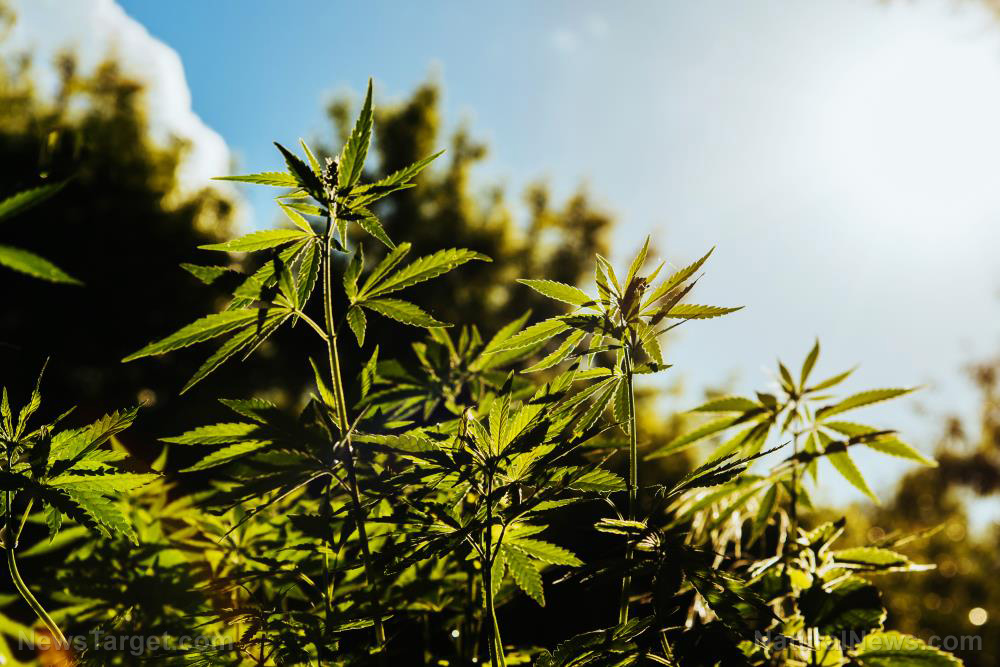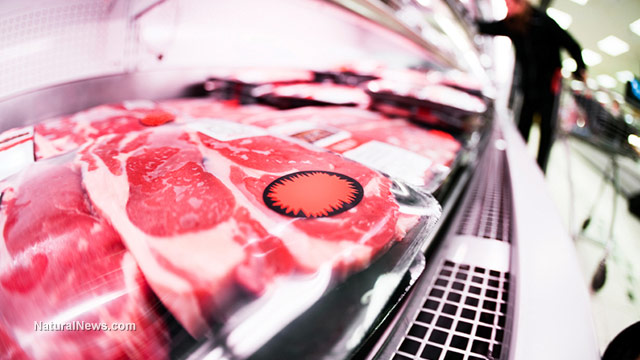Orange juice price hike looms after Hurricane Ian batters Florida’s citrus orchards
10/06/2022 / By Mary Villareal
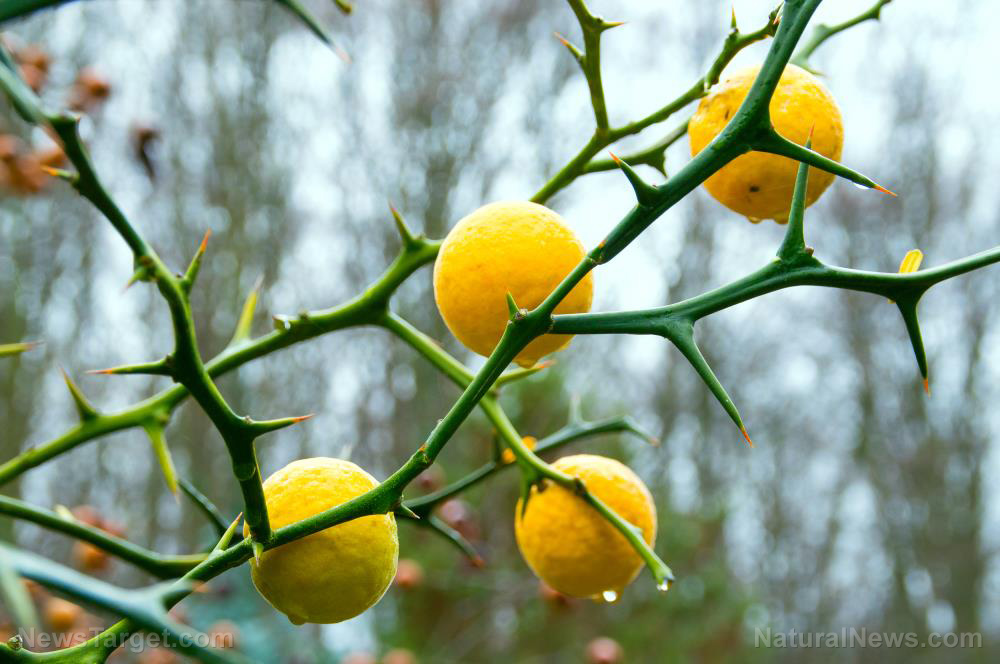
Orange juice prices could potentially rise after Hurricane Ian battered Florida, a leading citrus producer. The storm damaged at least 75 percent of the citrus belt, alongside at least a third of orange groves.
Based on University of Florida estimates, 375,000 acres of citrus may have been impacted. Combine it with the storm’s already devastating blow on a struggling industry due to citrus greening, and it could be a disaster waiting to happen.
Predictions on increasing orange juice prices started before Hurricane Ian made landfall as storm projections saw the storm heading toward Tampa. However, landfall ended up around two hours south, near Fort Myers, suggesting even more widespread damage to citrus crops.
Orange juice futures are up almost 30 percent this year so far, and the timing of the storm is difficult – especially since the citrus crops are nearing their harvest season. November orange juice futures contracts are as high as $1.90 per pound. (Related: More than just vitamin C – Enjoy the health benefits of oranges.)
Florida Sen. Marco Rubio laid out the potential problem ahead: “The citrus industry in Florida is already teetering on the brink because of citrus greening. They lose this year’s crop and a bunch of trees; you can’t just restart that.”
This year is expected to be the smallest citrus crop in Florida since World War II. At its peak, the state produced 244 million 90-pound boxes of oranges annually. This year, orange growers are only expected to produce 44.5 million boxes. This dwindling supply is set to push up orange juice prices at grocery stores and supermarkets.
Raymond Royce, executive director of the Highlands County Citrus Producers Association in Sebring, Florida, said there is nothing that can be done to protect the crops. “All areas are going to be impacted. It could be the last straw for some Florida producers.”
The U.S. accounts for approximately 11.5 percent of the world’s citrus production.
Full assessment of hurricane damage still pending
Alico Citrus, one of the largest citrus growers in the country, said the full impact of the storm is still being assessed, with the full extent assessment not available for days or weeks. However, lessons learned over the past years, including the hit made by Hurricane Irma in 2017, allowed growers to be better prepared prior to landfall.
The company said that their 28,900 acres of citrus groves – which are located in Charlotte, Collier, DeSoto, Hardee, Hendry, Highlands and Polk counties – sustained hurricane or tropical storm force winds for varying durations of time. The company added that their trees remained intact, except for a single grove in Charlotte County, which was in the storm’s direct path.
“We believe this indicates that company-wide, the greater impact of the storm will be on production in the current season, and possibly next season, rather than on long-term production,” the company said.
Based on prior experience with serious storms, the company expects to take at least two seasons for the groves to recover from pre-hurricane production levels.
The hardest-hit main producing areas are Polk, De Soto and Hardee counties, as per Maxar Technologies Inc. senior meteorologist Donald Keeney. Together, these areas account for roughly 36 percent of Florida’s citrus production.
Visit WorldAgriculture.news for more stories related to agriculture.
Watch the video below to learn how Hurricane Ian hit the affected areas in and near Florida.
This video is from the Alex Hammer channel on Brighteon.com
More related stories:
Hurricane Ian leaves 2.7 million Florida customers without power; significant casualties expected.
Florida in PANIC ahead of Hurricane Ian making landfall: Grocery shelves STRIPPED BARE.
Sources include:
Submit a correction >>
Tagged Under:
agriculture, citrus, climate, collapse, crop collapse, crops, disaster, Florida, food collapse, food costs, food inflation, food prices, food supply, grocery, harvest, hunger, Hurricane Ian, natural disaster, Orange Juice, oranges, products, starvation, weather, world agriculture
This article may contain statements that reflect the opinion of the author
RECENT NEWS & ARTICLES
WorldAgriculture.News is a fact-based public education website published by WorldAgriculture News Features, LLC.
All content copyright © 2022 by WorldAgriculture News Features, LLC.
Contact Us with Tips or Corrections
All trademarks, registered trademarks and servicemarks mentioned on this site are the property of their respective owners.

